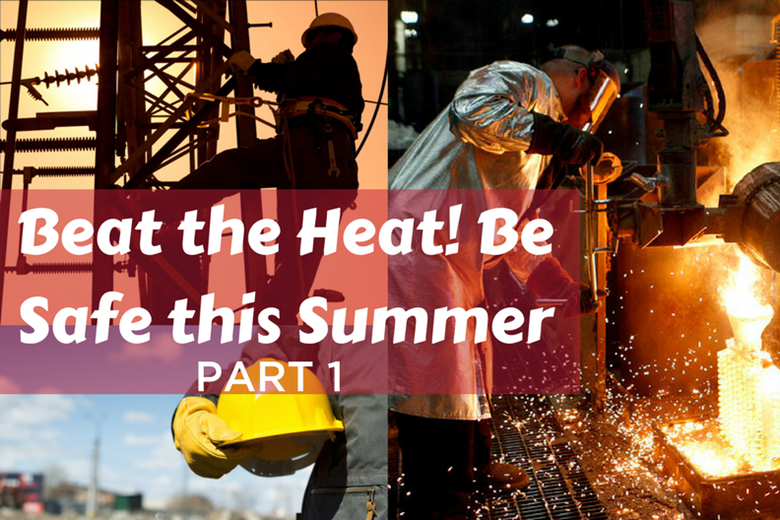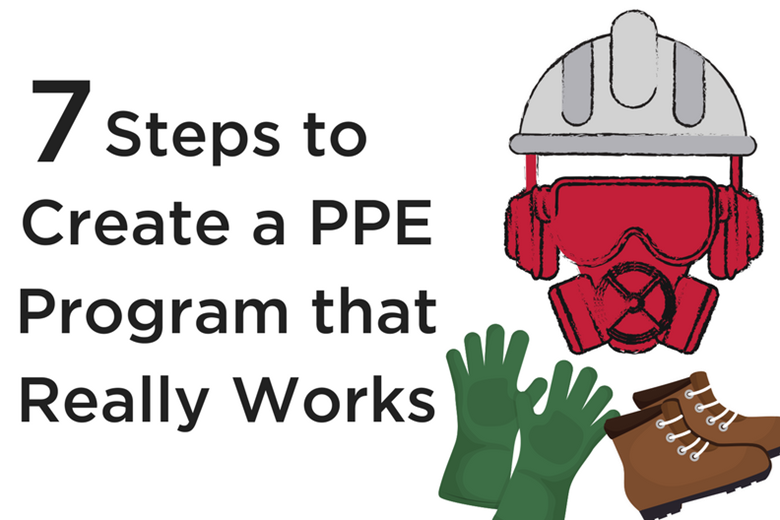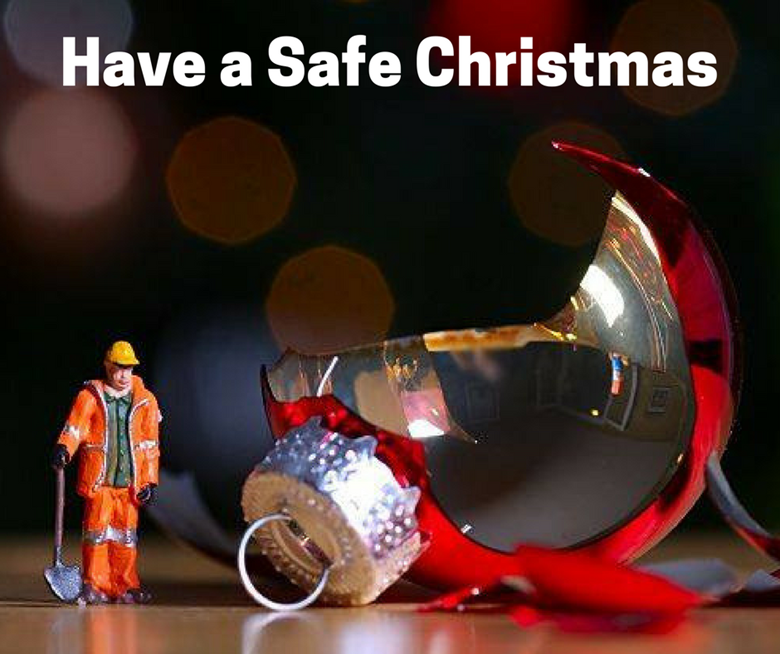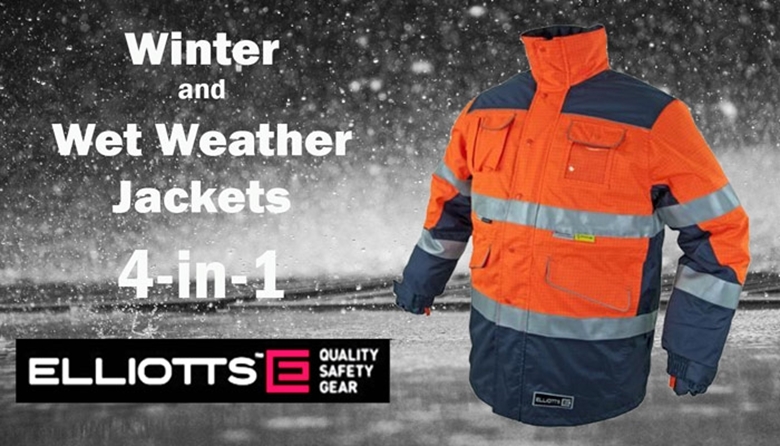Beat the heat! Be Safe in Summer. Part 2
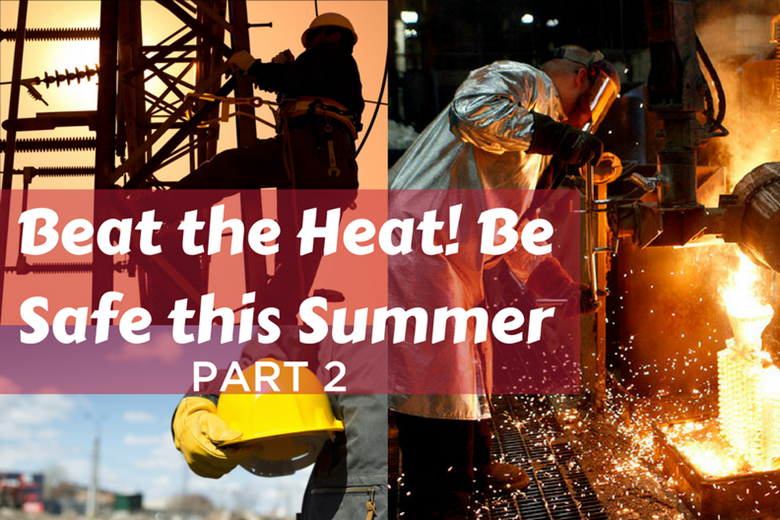
Busting Some Myths about Working Under the Summer Heat
As we discussed in part 1 of this blog, people working in the heat of the Australian summer face many dangers, heat stress, dehydration, over-excursion and UVA UVB sun exposure.
As well as the obvious redness and discomfort of sunburn, the long-term consequences of overexposure to UV radiation cannot be understated. It is estimated that around 200 melanomas and 34,000 non-melanoma skin cancers per year are caused by occupational exposures in Australia.
The most common cause of compensated cancer claims between 2000 to 2009 was sun exposure (51%), followed by asbestos (27%). A total of 1,970 workers compensation claims for sun-related injury/disease have been made in Australia between 2000 and 2012, at a total cost of $63 million in compensation payments.
Let's Bust Some Myths!
How many times have you heard the following on a work site?
"I don't need sunscreen I've got a tan"
Having a tan is actually a sign of skin damage. A tan offers limited sunburn protection of around SPF3 but doesn't protect against further DNA damage. Having a naturally dark skin tone doesn't protect you either, naturally, dark-skinned people have a lower risk than people with fair skin that burns easily, however, generally when skin cancers do occur they are detected at a later, more dangerous stage.
"It's too late, the damage is done"
Sun damage adds up, even after years of working outside without any sun protection, it's not too late to protect your skin. Don't think that the damage is already done and it's too late to make a change. Starting sun protection today could be the difference between getting a skin cancer diagnosis or not.
"I don't need sunscreen it's too cloudy"
You can sunburnt on cloudy days, UV radiation can penetrate some clouds and may even be more intense due to reflection off the bottom of the clouds. Temperature also has nothing to do with sunburn, UV radiation is equally strong on a cool sunny day than a hot summers day.
"You don't get burnt in the car, you are in the shade"
UV radiation from the sun, associated with about 90 percent of all skin cancers, reaches the earth as long- wavelength UVA and shortwave UV B rays. Glass effectively blocks UVB, and windshields are specially treated to block UVA as well, but a vehicle's side and rear windows allow UVA to penetrate.
The 2008 National Hazard Exposure Worker Surveillance examined the provision of sun protection to employees and found that hats, sunscreen and protective clothing were the most frequently provided control measures. However, close to a fifth of workers surveyed (17%) who worked in direct sunlight reported that they or their employer did nothing to prevent health problems caused by exposure to direct sunlight or sunburn. This opens these companies up to future compensation claims and litigation.
A combination of the five sun protection measures is recommended by the Cancer Council Slip on UPF 50 clothing, Slop on SPF30 or higher sunscreen, Slap on a hat, Seek shade and Slide on sunnies.

At Elliotts, our aim is to take care of you while you're at work and ensure you get home safely by providing a wide range of quality safety gear and personal protective equipment. To help protect you from the harmful effects of UV exposure when working outdoors under the sun, we offer you an array of protective clothing and gear, including Hats & Hat Brims, Sunglasses, and Body Cooling Clothing.
CONTACT US
To learn more about protective clothing and gear to protect you while working under the summer heat, please contact us today at Elliotts! Call us on 07 3265 2944 or send us a message through our Contact Page.

